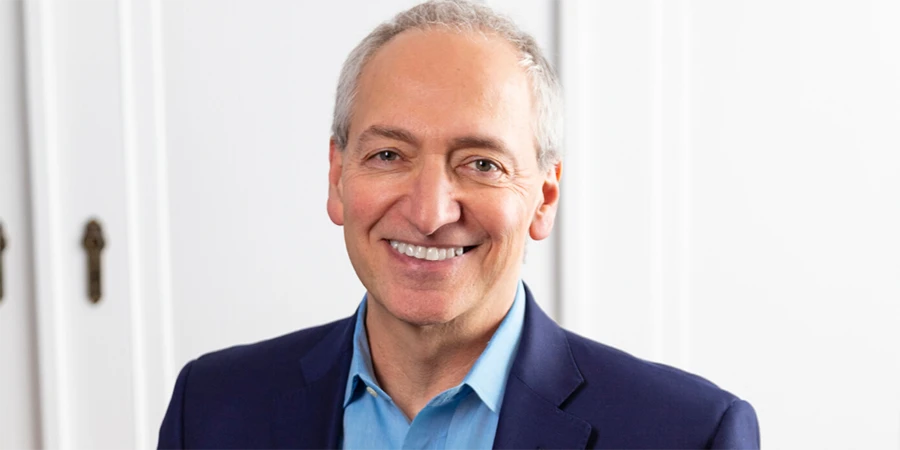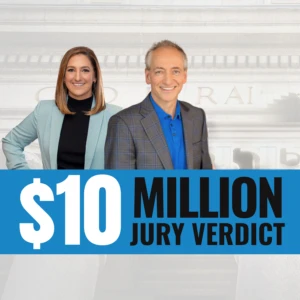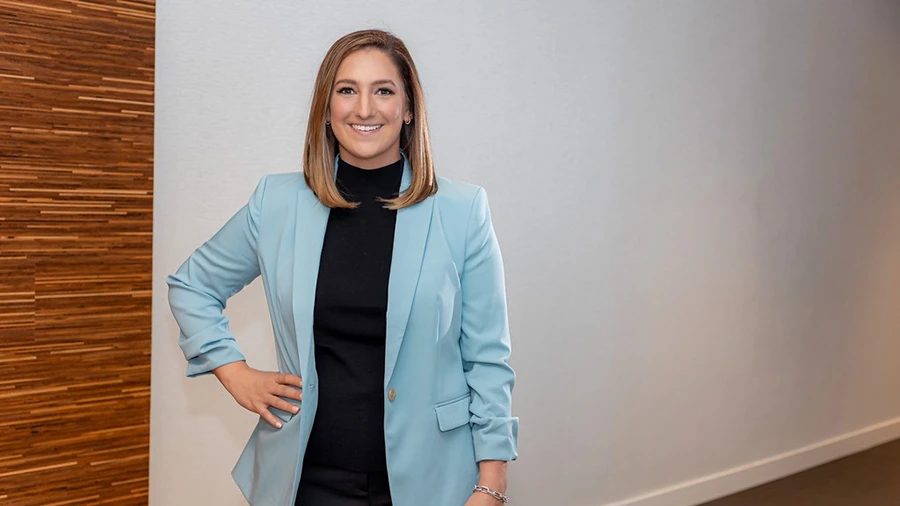Blog
John G. Simon Receives 2020 Thomas G. Strong Trial Attorney Award from Missouri Association of Trial Attorneys
By: Simon Law | April 21, 2020

The Thomas G. Strong Trial Attorney Award is awarded to the Missouri Attorney who best exemplifies the qualities of professionalism, ethics, character and courtroom success. The trial lawyer who has exemplified and put into practice the philosophy of the Missouri Association of Trial Attorneys through his or her representation of victims and consumers in the courtrooms of Missouri.


